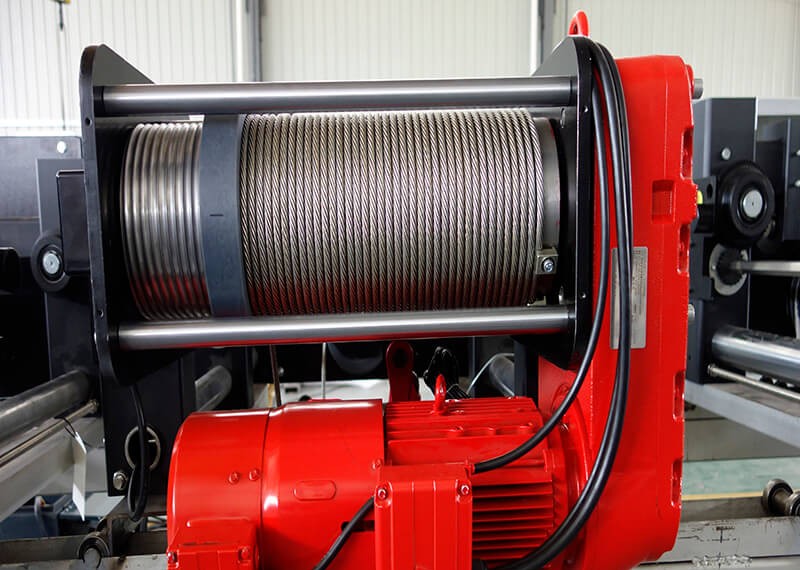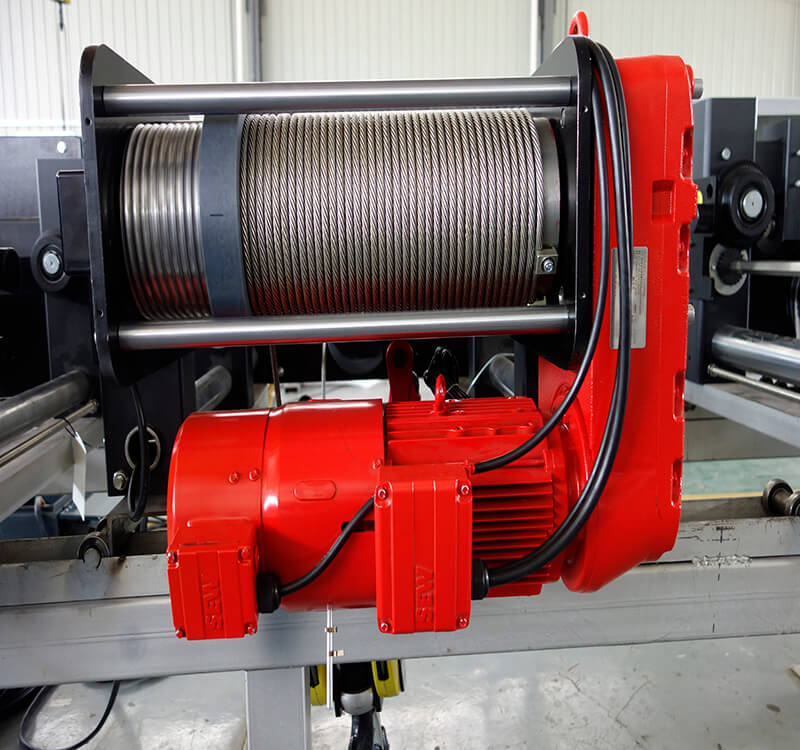
What are the common faults in the use of electric hoist
1. The electric hoist has a compact structure, and the electric hoist whose motor axis is perpendicular to the axis of the reel adopts a worm gear transmission device. Its defects are: large length scale, large width dimension, rough structure, low mechanical efficiency, and difficult processing. The hydraulic system is controlled by two layers, and the pressure can be controlled accurately by the overflow regulating valve and the magnetic contact pressure gauge. The electrical control part adopts low-voltage control, which increases the safety of the distribution system. There may be no action after pressing the start switch. The electric hoist has a compact structure, and the electric hoist whose motor axis is perpendicular to the axis of the drum uses a worm gear transmission device. Its defects are: large length scale, large width dimension, rough structure, low mechanical efficiency, and difficult processing. The hydraulic system is controlled by two layers, and the pressure can be controlled accurately by the overflow regulating valve and the magnetic contact pressure gauge. The electrical control part adopts low-voltage control, which increases the safety of the distribution system. Most of the reason for this problem is the problem of the power supply line. Long-term or unnecessary main cables, switches, safety, etc. may cause problems. We can use a pen to test whether there is electricity.

2. After turning on the power, find the motor; buzzing; sound, but the hook does not move. The reason for the analysis is that the brake of the lifting motor cannot be opened because of rust. Because the brake of the electric hoist that has not been used for a long time is simply rusty, the brake is not easy to open when accidentally used, which causes this reason. When this happens, remove the rear brake cover of the lift motor, and hit the cone brake of the cone rotor motor with a hammer.


